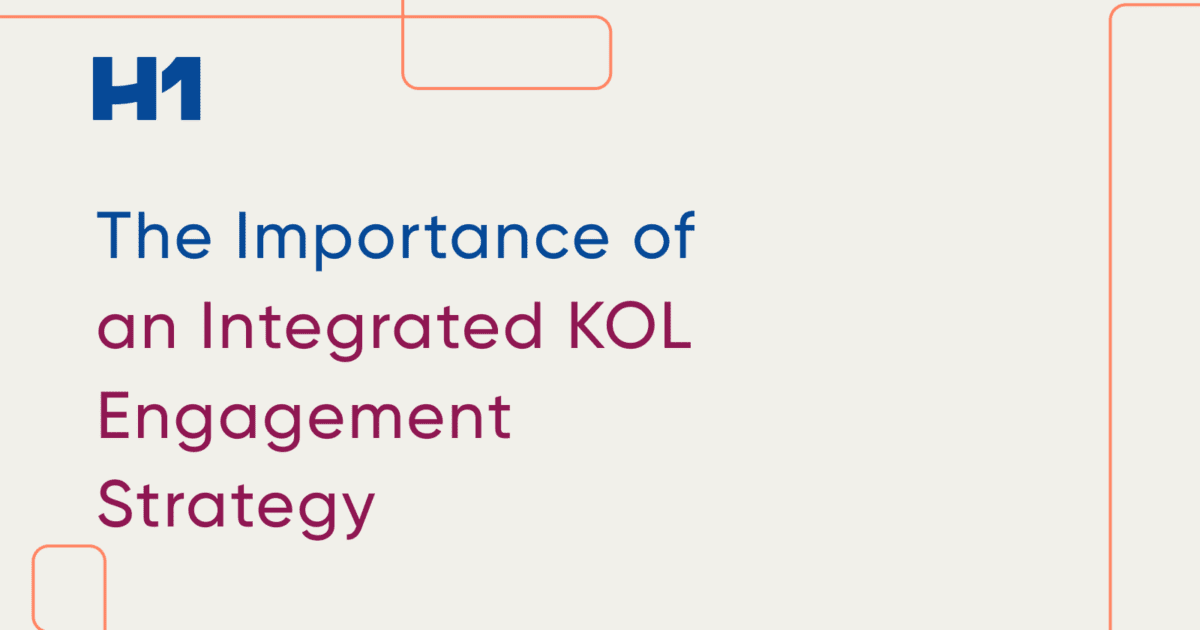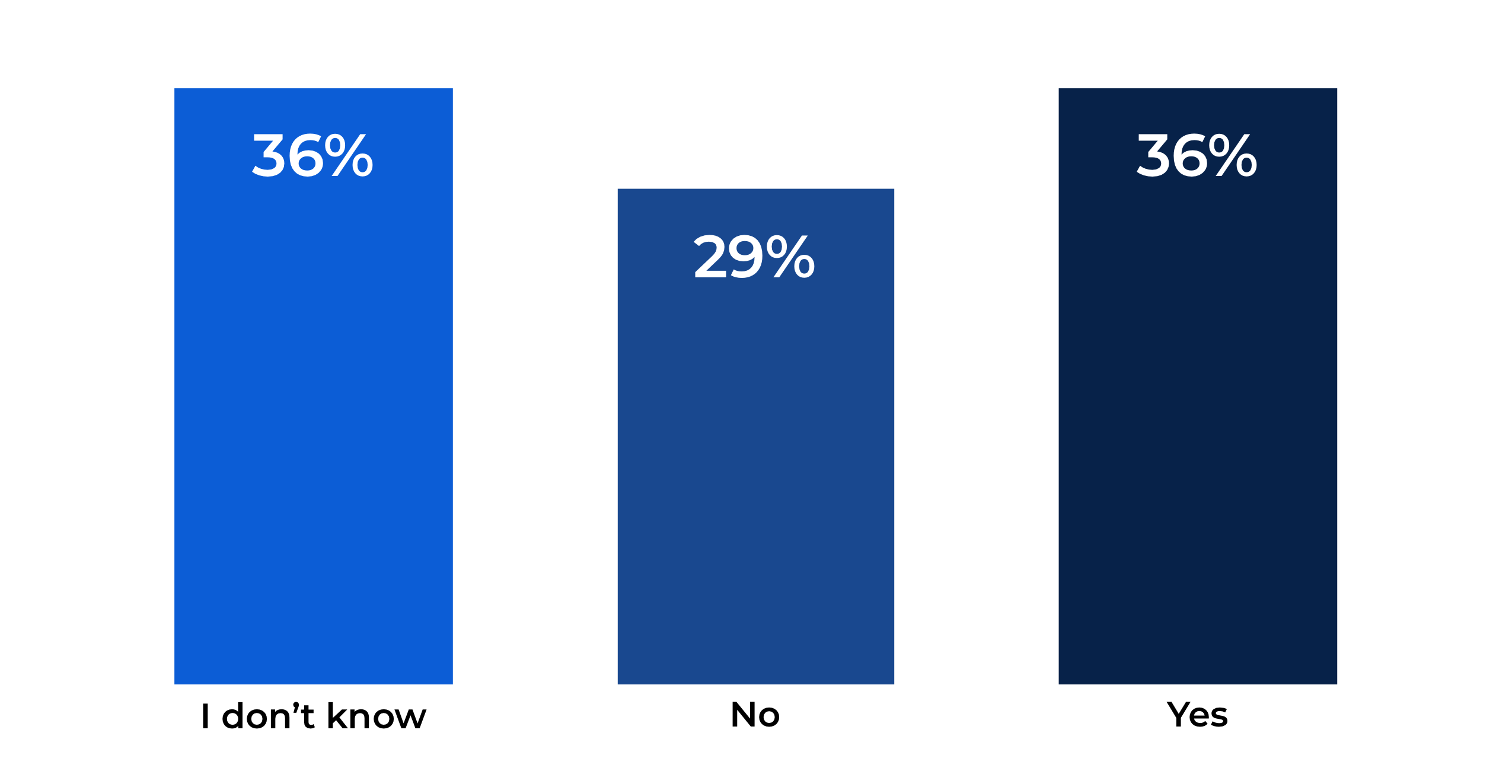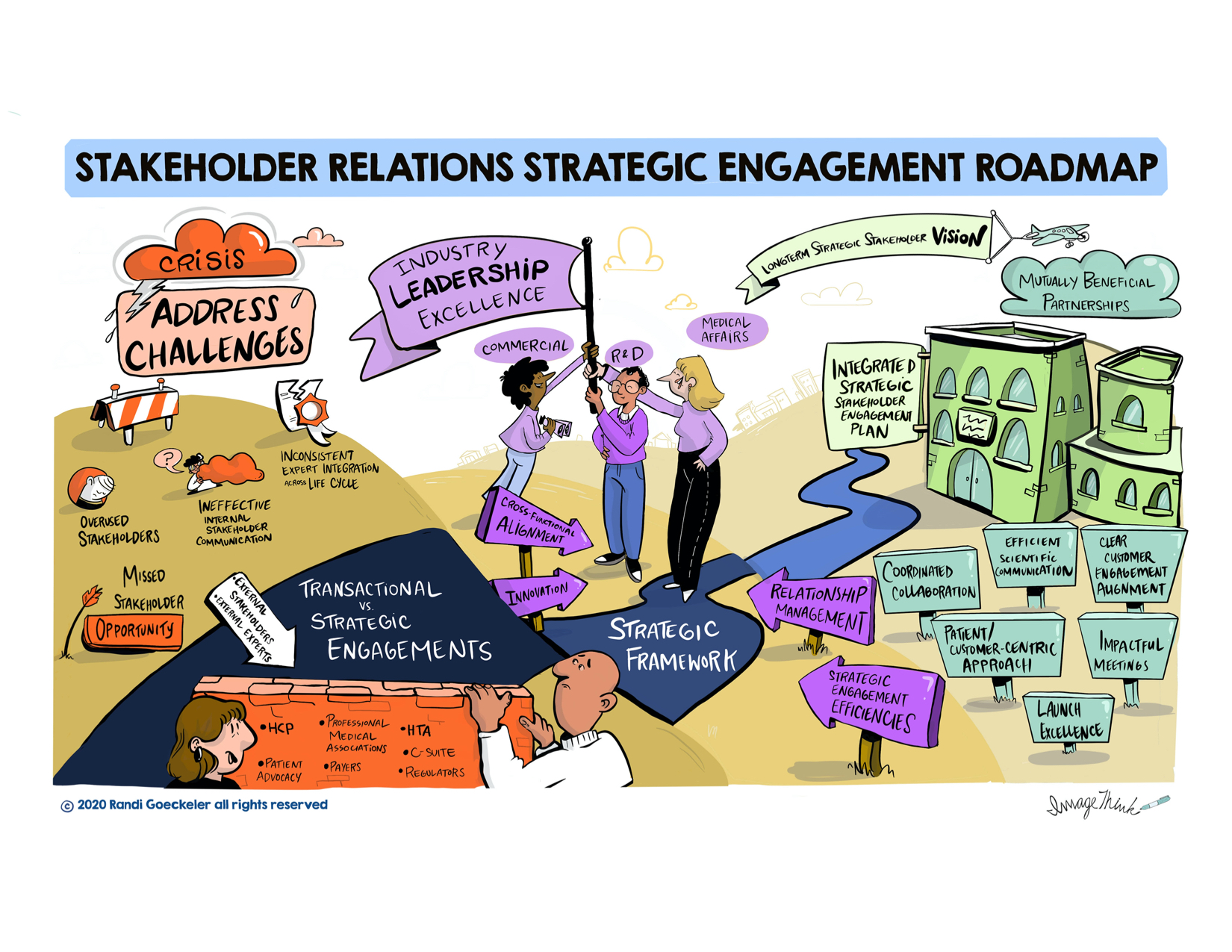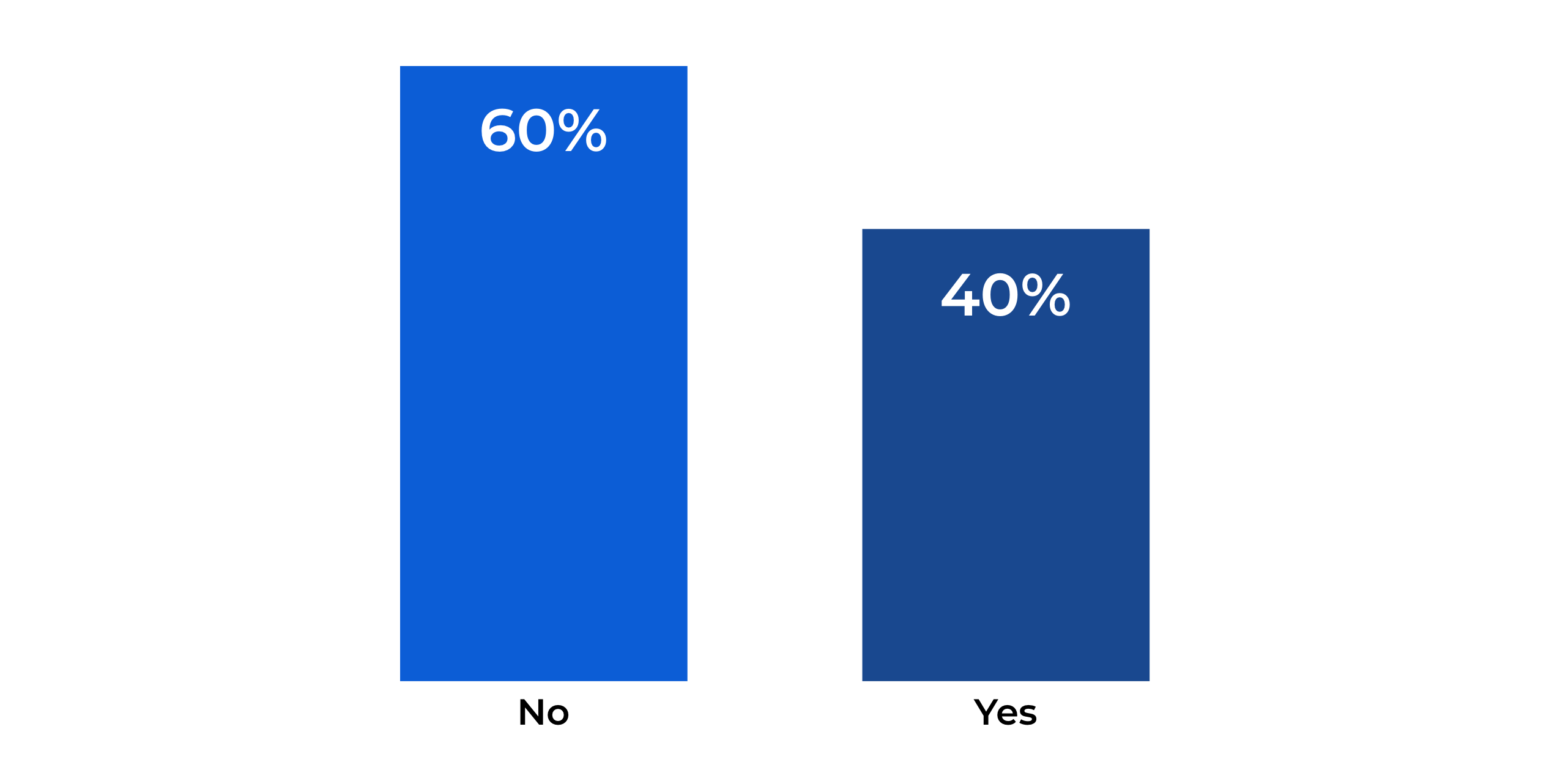The Importance of an Integrated KOL Engagement Strategy

Building long-term, mutually beneficial relationships with external stakeholders such as physicians, key opinion leaders (KOLs) and other experts is the ultimate goal of medical affairs, specifically medical science liaisons (MSLs). Fostering these relationships is a long game that requires commitment, time, and detailed planning. Importantly, KOL engagement is a team sport and close coordination between different individuals and teams across the organization is a critical key to success.
However, integrated KOL engagement strategies are still the exception rather than the rule as a recent survey, conducted by H1 in collaboration with the Medical Science Liaison Society, shows: just 36% of MSLs and MSL Mangers answered the questions “Does your company utilize and integrated engagement plan?” with yes.
Does your company utilize an integrated stakeholder plan?

Results of a survey question asking 228 MSLs and MSL managers: “Does your company utilize an integrated engagement plan?”
Why are integrated KOL engagement plans so important, what makes implementing these plans so challenging, and how can these challenges be addressed?
We discussed these questions and others related to optimizing cross-functional KOL engagement with Randi Gloeckeler, Vice-President, Stakeholder Coalition at Klick Health, and Marc Taylor, Executive Client Director at H1*, during an MSL Insights webinar co-hosted by the MSL Society and H1. Here are some of the highlights of the discussion.
The Goal of KOL Engagement: Long-Term, Mutually Beneficial Relationships
While MSLs are generally the main point of contact with KOLs, members of other teams, e.g. commercial, data insights or medical communications, as well as other MSLs interact with external experts at various points during drug development. To ensure that external experts have the best possible experience and can work seamlessly with the organization requires continuity and internal transparency. Both are impossible without an integrated, cross-functional engagement plan that clearly lays out not just who within the organization is interacting with which KOL but also what activities they are engaging them in.
Reaching the ultimate goal of KOL engagement – building a long-term, mutually beneficial relationship – requires a comprehensive plan, measurable objectives, and alignment with all cross-functional team members and the KOLs.
Challenges an Integrated Engagement Plan Addresses
Our panel discussed four common challenges that precipitate the need for creating an integrated engagement plan that is shared with all relevant internal stakeholders:
- Overused KOLs – relying on the same roster of existing external experts is a serious problem especially for established teams. To avoid overusing and potentially burning out existing KOLs developing an integrated plan, which includes going through the entire KOL vetting process, is critical. It ensures that the best KOLs and the right number of KOLs are selected for a specific task.
- Uncoordinated KOL mapping and identification – is inefficient and often leads to duplication of efforts and waste of time and resources. This is particularly problematic if KOL mapping is done by different groups throughout the organization in parallel using time-consuming manual approaches, e.g. desktop research. Using a single, comprehensive source of data, integrated planning and cross-functional coordination eliminate such inefficiencies and improve productivity.
- Inefficient collaboration – among internal as well as between internal and external stakeholders is a common problem. Large organizations are especially prone to challenges with cross-functional transparency and coordination, e.g. between the activities of regional and global MSLs. Lack of coordination can lead to suboptimal KOL engagement, missed opportunities and – in the worst-case scenario – the KOL might lose trust in the MSL and/or the product.
- Inconsistency in expert integration – while working with one external expert throughout the entire drug lifecycle is the ideal scenario, it doesn’t always happen. Frequently, companies engage external stakeholders in an on-again off-again fashion that is at cross-purposes with building those all-important long-term relationships. Integrated engagement planning and tighter cross-functional coordination can help avoid this pitfall.
This list of challenges shows that engaging external experts in a consistent and coordinated fashion is challenging under the best of circumstances. Add to that the global pandemic that changed engagement from in-person to virtual in a matter of days and stakeholder engagement just got even more difficult. Companies were forced to reevaluate their engagement strategies and to decide what they need to adapt, change, accelerate, discontinue or do differently. Such adjustments are impossible in the middle of a crisis unless an engagement strategy is already firmly in place.
Data Underlie Integrated KOL Engagement
One engagement plan does not fit every KOL. In fact, KOL engagement needs to be custom-tailored to each specific external expert and has to meet their scientific needs as well as the objectives of the organization. Underlying personalized expert engagement is comprehensive data about the experts.
“Data is the fuel that powers the engine of the MSL, commercial and data insights teams. All teams understand that data from a single source gives them a big advantage if it is leveraged across the organization and used to better understand KOLs and their sphere of influence.” – Marc Taylor, Executive Client Director, H1
Based on a deep understanding of a KOL’s background, activities and interests cross-functional teams can develop an integrated plan that identifies the best way of engaging the KOL across the entire organization and select the most value-added activities.
In addition, a shared KOL platform makes ongoing cross-functional coordination easy, provides a space to continuously gather information across medical, commercial and clinical and share that information making sure everybody is “working off the same sheet of music”.
Integrated Engagement Roadmap at a Glance
Our panel discussed a wide range of other questions, e.g. challenges associated with implementation of an integrated engagement strategy across the entire organization, possible outcomes of developing and implementing an integrated plan, the key elements of the strategic framework and offered important advice.
“Know the medical strategy for your brand and know who drives it internally. If you don’t know it, get to know it. Then integrate all those experiences the MSLs gain as they with external stakeholders into the plan. Know the strategy and know who drives the strategy internally!” – Randi Goeckeler, Vice-President, Stakeholder Coalition at Klick Health
As pictures always say more than 1000 words (or 1176 as in the case of this blog), Randi Goeckeler shared her infographic summarizing the stakeholder relations strategic engagement roadmap.

Stakeholder Relations Strategic Roadmap, courtesy Randi Gloeckeler
If you like numbers and stats, here are two more interesting results from the survey the webinar registrants filled out:
The majority of MSLs are not familiar with integrated engagement planning – almost 60% of 170 global MSLs answered No when asked whether they are familiar with what integrated engagement planning is.
Are you familiar with what an integrated stakeholder plan is?

Less than a third of MSLs align KOL engagement strategies with their colleagues – only 30% of MSLs align strategies for their region with colleagues in other regions or within a therapeutic area, 27% do not, 43% answered “I don’t know”
Do you align KOL engagement strategies for your region with other MSLs in other regions (on your team within the same TA)?

If you are interested in learning more, the entire webinar is available here and well worth a listen.
Our team members are happy to show you how you can use the H1 database to build personalized, integrated, data-driven engagement plans. To see the platform in action, request a demo.
